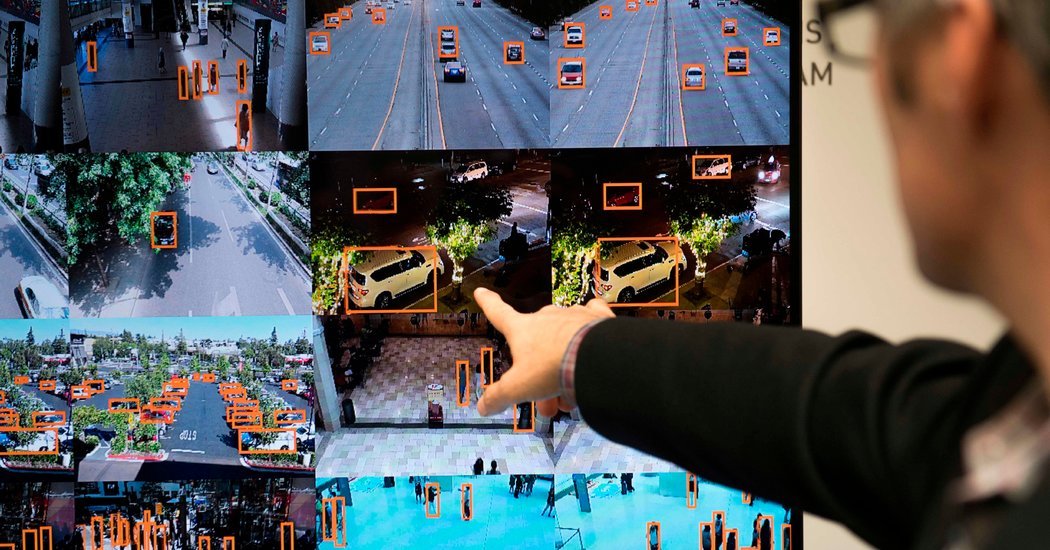And in an article published in November by the National Bureau of Economic Research, economists from M.I.T. and the University of Chicago suggest an answer to the puzzle of why all the research and investment in A.I. technology have so far had little effect on productivity.
Each of the three research initiatives has a somewhat different focus. But two common themes emerge from the reports and interviews with their authors.
■ Technology itself is only one ingredient in determining the trajectory of A.I. and its influence. Economics, government policy and social attitudes will play major roles as well.
■ Historical patterns of adoption of major technologies, from electricity to computers, are likely to hold true for A.I. But if the pattern is similar, the pace may not be. And if it is much faster, as many researchers predict, the social consequences could be far more wrenching than in past transitions.
The AI Index grew out of the One Hundred Year Study on Artificial Intelligence, a Stanford-based project begun in 2014 by A.I. experts. The study group, mainly scientists, seeks to broaden understanding of artificial intelligence and thus increase the odds society will be benefit from the technology.
The group was initially going to publish major studies every five years. But given the speed of progress and investment, the five-year interval “seemed way too slow,” said Yoav Shoham, a professor emeritus at Stanford and chair of the steering committee for the “AI Index.”
The new index is not a single number, but a series of charts and graphs that track A.I.-related trends over time. They include measures like the rate of improvement in image identification and speech recognition, as well as start-up activity and job openings. There are also short essays by artificial intelligence experts.
Some of the charts showing the progress of technology are telling. Image and speech recognition programs, for example, have matched or surpassed human capabilities in just the past year or two.
But A.I. experts warn that gains in specific tasks or game-playing proficiency are still a far cry from general intelligence. A child, for example, knows that a water glass tipping on the edge of a table will most likely fall to the floor and spill the water. He or she understands the physics of everyday life in a way artificial intelligence programs do not yet.
“The public thinks we know how to do far more than we do now,” said Raymond Perrault, a scientist at SRI International, who worked on the index.
The current “AI Index,” Mr. Shoham said, is “very much a first step.” The group is seeking contributions of data and comments from academic and corporate researchers around the world. The idea, he said, is to create “a living index” that details as many measurable dimensions of the field as possible, including social impact.
The McKinsey automation-and-jobs report captures the uncertainty surrounding A.I. and its coming effect on labor markets. Its projection of the number of Americans who will have to find new occupations by 2030 ranges from 16 million to 54 million — depending on the pace of technology adoption.
The faster A.I. advances, the greater the challenge. McKinsey’s upper-range projection of 54 million suggests a more rapid transformation than in previous waves of change in the work force, when employment migrated from farms to factories and later from manufacturing to services.
“That’s where the conversation has to go — how to manage this transition,” said Susan Lund, an economist at McKinsey. “We need a major change in how we provide midcareer retraining and how we help displaced workers find new employment.”
Still, the rise of A.I. has not yet shown up in the economy as a whole, at least not in the numbers. In their recent paper, Erik Brynjolfsson and Daniel Rock of the M.I.T. Sloan School of Management and Chad Syverson of the University of Chicago Booth School of Business call it “a clash of expectations and statistics.”
They offer a few possible explanations, including false hopes and poor measurements of the new technology. But the one they settle on is a lag in the adoption and effective use of A.I.
There are historical precedents. The electric motor, for example, was introduced in the early 1880s. But it was not until the 1920s that discernible productivity gains showed up, after the motors spread and factory work was reorganized into mass-production assembly lines to exploit the new technology of its day.
A.I. will follow a similar path, but faster, predicts Mr. Brynjolfsson, who also worked in the “AI Index.” And the index, he said, should help accelerate adoption by giving people needed information to make better decisions.
There are A.I. skeptics, but Mr. Brynjolfsson is not one of them. “History shows it takes years, even with a powerful technology in place,” he said. “But to me, it’s dead certain it’s going to happen.”
By STEVE LOHR
https://www.nytimes.com/2017/11/30/technology/ai-will-transform-the-economy-but-how-much-and-how-soon.html
Source link


